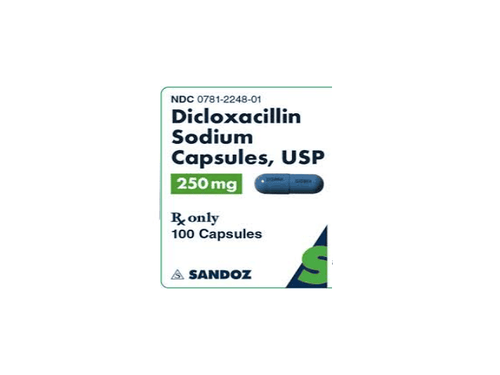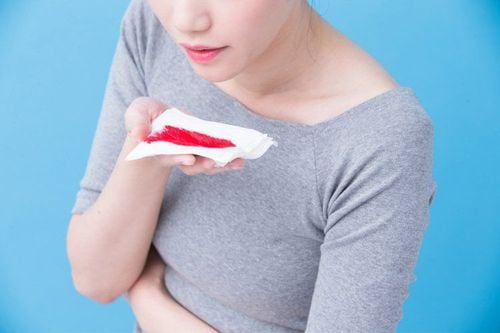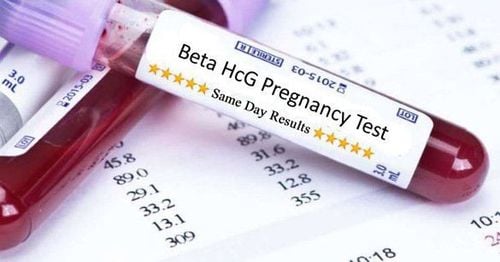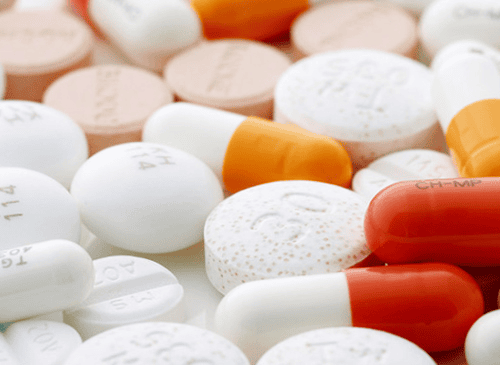This is an automatically translated article.
Bronchoscopy is a procedure that allows the doctor to examine the inside of the bronchial tree system as far as the lung parenchyma. This means the doctor can diagnose infections, tumors or diseases in the lungs. In general, bronchoscopy is usually quick and painless, and patients recover quickly.
1. What is bronchoscopy?
Bronchoscopy or bronchoscopy is a procedure to look directly into the airways in the lungs using a thin tube, with a light source and a camera attached during the procedure.
The inlet of the bronchoscope is placed in the nose or mouth. The endoscope will be moved down the throat, through the trachea, into the bronchi and into the divisions. Thanks to this, the doctor can see the entire airway such as the larynx, trachea, bronchi and the small branches of the bronchi, the bronchioles.
There are two types of bronchoscopes: rigid bronchoscope and flexible bronchoscope. Each type has its own advantages and is used in different situations.
Rigid bronchoscope is a straight tube and is only used to view the upper airway, large size. Tubes are used in the bronchi to aspirate large amounts of secretions or blood, control bleeding, remove foreign bodies or diseased tissue, and perform interventions such as catheterization or other treatments. .
Flexible bronchoscope is used more often. Compared to rigid bronchoscopes, flexible bronchoscopes are more flexible and can travel down smaller airways such as bronchioles. As a result, a flexible bronchoscope can be used to place a breathing tube in the airway to help deliver oxygen, aspirate secretions, take tissue samples for biopsies, or inject therapeutic drugs into the lungs.
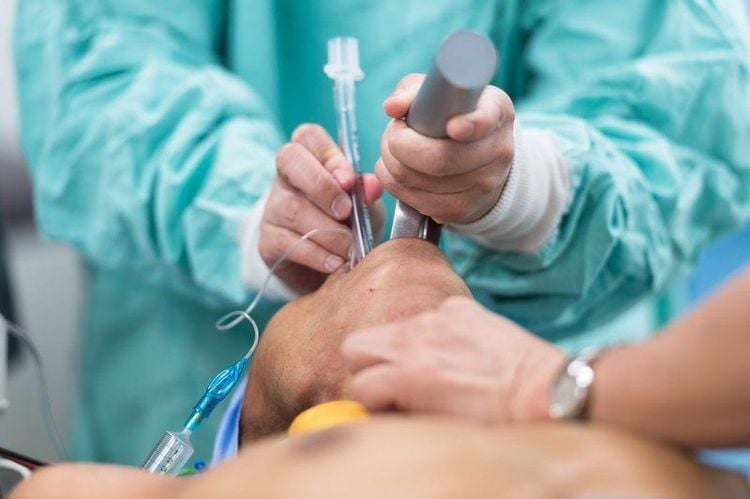
Nội soi phế quản giúp chẩn đoán các tổn thương liên quan đến phế quản
2. When is bronchoscopy needed?
Bronchoscopy can be done to diagnose and treat lung problems such as:
Tumors or cancer of the bronchi Airway obstruction Inflammation and infections such as tuberculosis, fungal or parasitic pneumonia Interstitial lung disease Find the cause of the persistent cough Find the cause of the hemoptysis There are spotted lesions visible on the chest X-ray Vocal cord paralysis Diagnostic or therapeutic procedures may be performed with bronchoscopy:
Tissue biopsy Sampling sputum sampling Lung irrigation Remove secretions, blood, mucus, or growths (polyps) to clear the airways Control bleeding in the bronchi Remove foreign objects or objects causing obstruction Laser therapy or radiation therapy for a bronchial tumor Insert a catheter to keep the airway open (stent) Drainage of pus (abscess)
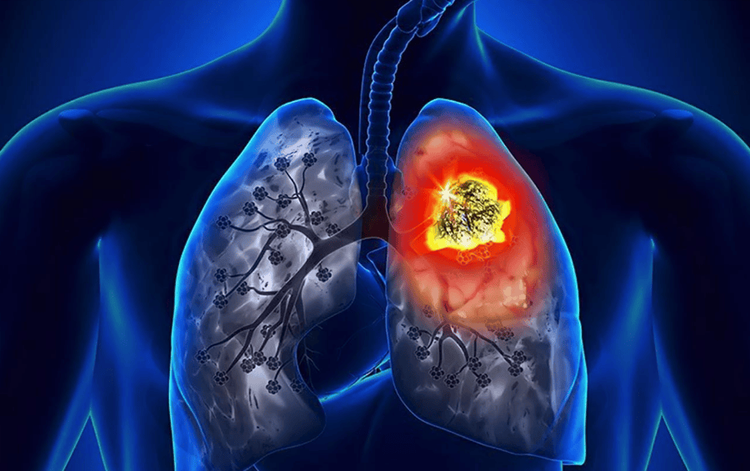
Ung thư phế quản được chỉ định soi phế quản
3. What to prepare for bronchoscopy?
Patients do not need to make special preparations before performing bronchoscopy. However, the patient should be advised to fast from midnight before the morning of the endoscopy to avoid the risk of aspiration of old food from the stomach during the operation.
The bronchoscopy procedure is as follows:
Before the procedure, the doctor will spray a local anesthetic into the nose and throat to numb the area. Many patients may also need sedation to help them relax. The doctor will also prescribe general anesthesia in cases where it is necessary to use a rigid bronchoscope.
After the anesthetic or anesthetic takes effect, the doctor will add oxygen to the inhaled air for the patient and begin to insert the bronchoscope through the nose into the throat and into the bronchi. The bronchoscope light and camera help the doctor see the airway clearly, especially through bends and tight spots.
If the doctor needs a stent or a biopsy, instruments can be put in place during the endoscopy.
If the doctor needs to collect cells and fluid in the airway, the bronchi will be irrigated with physiological saline solution and aspirate the lavage. The doctor will then examine the specimen obtained under a microscope.
During a bronchoscopy, the doctor may use ultrasound to get a clearer picture of the nodes and tissues in and around the bronchi

Thuốc an thần được sử dụng trong quá trình nội soi để giảm căng thẳng cho người bệnh
4. What is the recovery time after bronchoscopy?
Bronchoscopy is a relatively quick and painless procedure.
However, the patient still needs to stay in the hospital for a few hours until the anesthetic or anesthetic wears off. Blood pressure and breathing are also closely monitored during this time to check for complications.
When the patient regains the cough reflex, usually within 2 hours, it is safe to eat and drink again by mouth. At the same time, if sedation is used during endoscopy, the patient should avoid driving, operating machinery and drinking alcohol for the next 24 hours.
Most people can return to normal activities after 24 hours. However, some people may experience a sore throat and hoarseness for the next few days.
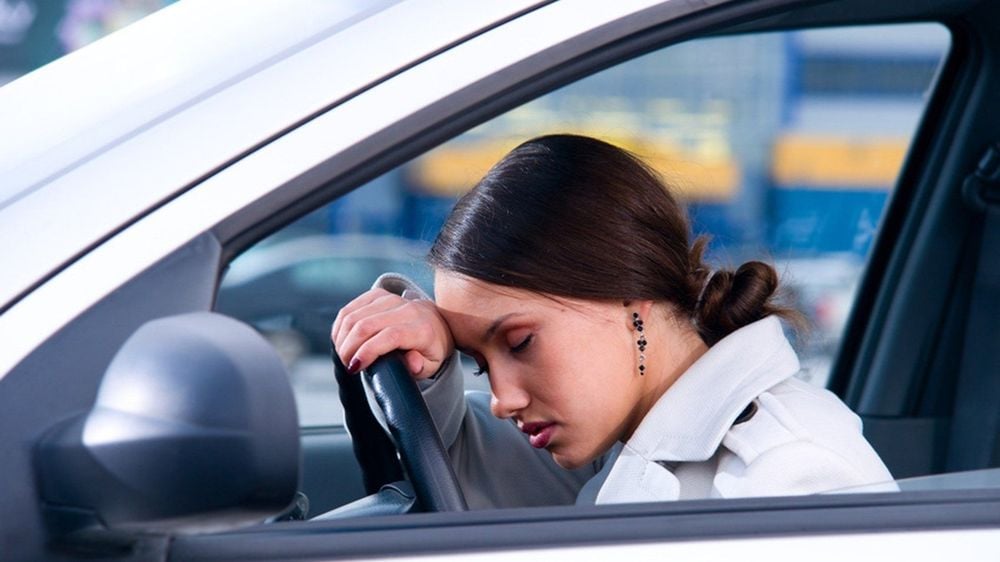
Người bệnh dùng thuốc an thần tránh lái xe sau khi nội soi
5. Possible risks of bronchoscopy
In most cases, a flexible bronchoscope is more commonly used than a rigid one. Due to its flexibility, there is little risk of damage to the airway parenchyma during the procedure. Furthermore, the flexible tube also allows for a better procedure as well as access to smaller areas of the airway.
However, similar to other interventions, bronchoscopy may also have some risks such as bleeding, infection, bronchial perforation, irritation causing bronchospasm, laryngospasm, and overflow. pneumothorax,... Therefore, if there are any abnormal symptoms after performing bronchoscopy, it is necessary to return to the doctor immediately for examination and timely treatment.
In summary, bronchoscopy is generally a relatively safe diagnostic and interventional procedure with little risk of complications. Patients are always used local anesthetic and sedation to be completely comfortable and relaxed during the procedure. However, it is necessary to choose a reputable center with professional skills to achieve the best results.
At Vinmec International General Hospital, bronchoscopy technique under anesthesia is performed by a team of well-trained, experienced doctors in modern and advanced medical equipment, ensure strict technical standards.
For detailed advice, please come directly to Vinmec health system or register online HERE.




